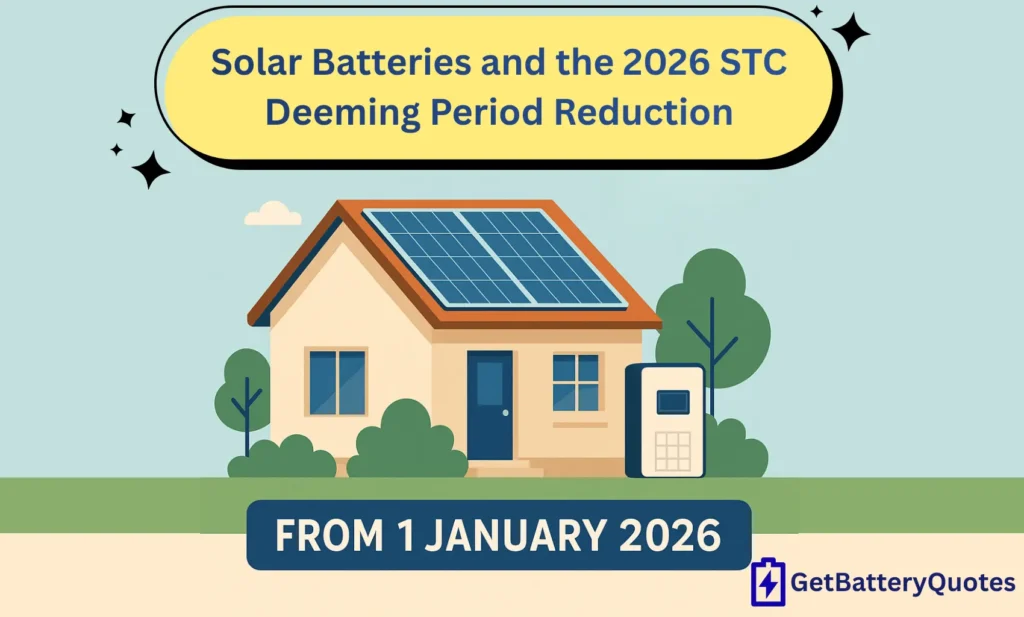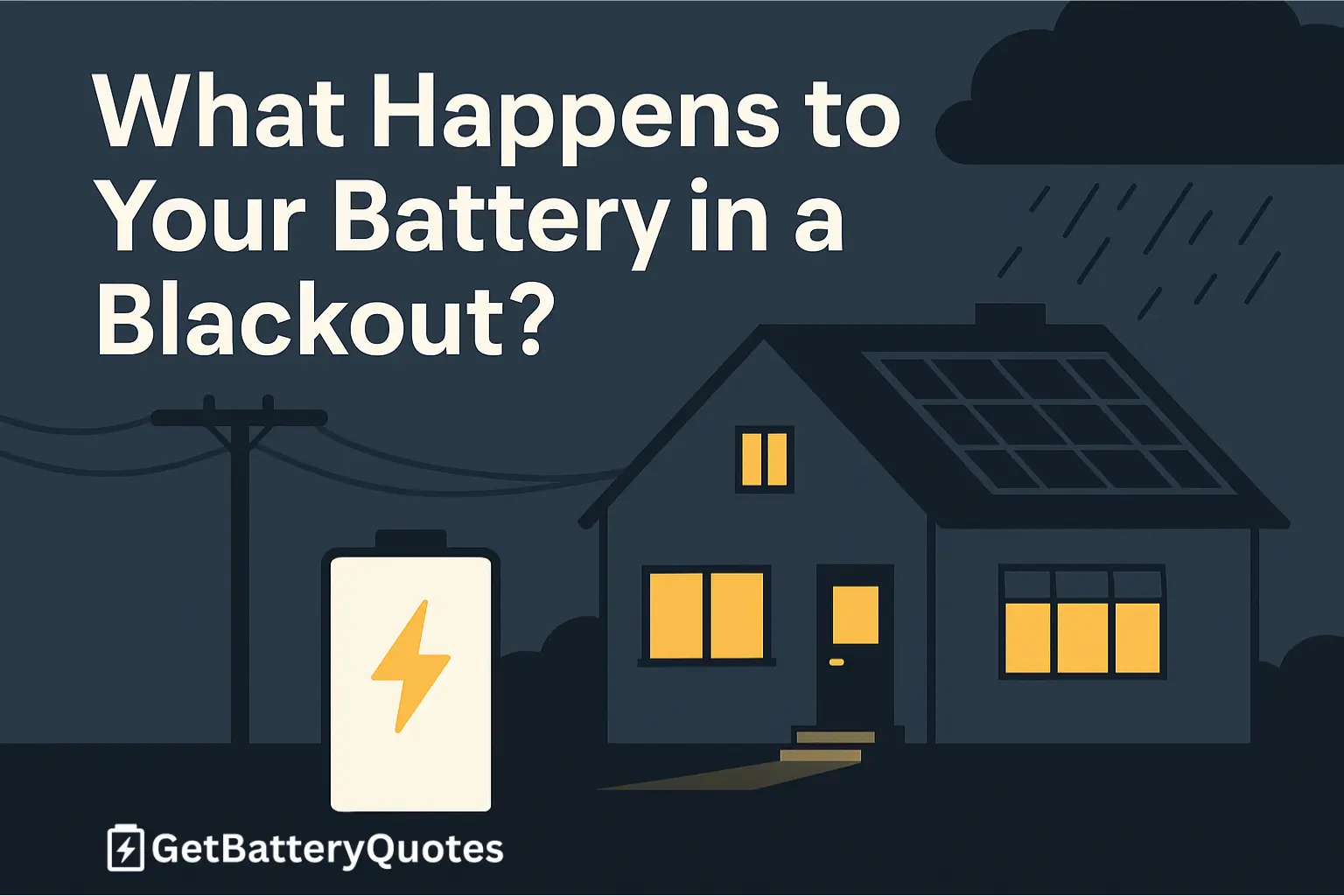From 1 January 2026, the Australian Government will reduce the deeming period used to calculate Small-scale Technology Certificates (STCs). These changes affect solar batteries, solar PV systems, solar water heaters, and air-source heat pumps installed from that date onward.
For homeowners planning a solar-plus-battery installation in late 2025 or early 2026, it is important to understand how this change affects the size of your upfront discount.
What Is the STC Deeming Period?
What Is Changing From 1 January 2026?
1. The deeming period will drop by one year
From 1 January 2026:
- Systems installed in 2025 receive up to 6 years of deeming
- Systems installed in 2026 receive up to 5 years
- The deeming period reduces each year until the scheme ends in 2030
This reduction lowers the number of available STCs for:
- Solar PV systems
- Solar water heaters
- Air-source heat pumps
2. Battery STC Rate Will Also Decline in 2026
- 9.3 STCs per kWh (2025)
- 8.4 STCs per kWh (2026)
2026 STC Examples for Common Battery Sizes
The following table shows STC values for common battery sizes using:
- 2026 STC rate: 8.4 STCs per kWh
- Assumed STC market value: $38
- Eligible capacity: First 50 kWh only
2026 Battery STC Values (8.4 STCs per kWh, $38 per STC)
| Battery Size (Usable kWh) | STCs Earned (2026) | Estimated STC Value ($38 each) |
|---|---|---|
| 10 kWh | 84 | $3,192 |
| 20 kWh | 168 | $6,384 |
| 30 kWh | 252 | $9,576 |
| 40 kWh | 336 | $12,768 |
| 50 kWh (maximum eligible) | 420 | $15,960 |
2025 vs 2026 Comparison
To highlight the impact of the deeming period reduction for batteries, the table below compares the same battery sizes using both the 2025 and 2026 STC rates.
Assumptions:
- 2025 rate: 9.3 STCs per kWh
- 2026 rate: 8.4 STCs per kWh
- STC value: $38
- Eligible up to 50 kWh
2025 vs 2026 Battery STC Comparison
| Battery Size | 2025 STCs | 2025 Value | 2026 STCs | 2026 Value | Difference ($) |
|---|---|---|---|---|---|
| 10 kWh | 93 | $3,534 | 84 | $3,192 | –$342 |
| 20 kWh | 186 | $7,068 | 168 | $6,384 | –$684 |
| 30 kWh | 279 | $10,602 | 252 | $9,576 | –$1,026 |
| 40 kWh | 372 | $14,136 | 336 | $12,768 | –$1,368 |
| 50 kWh | 465 | $17,670 | 420 | $15,960 | –$1,710 |
Key Takeaways for Homeowners
- Smaller batteries (10 kWh) lose around $342 in 2026.
- Medium-sized batteries (20–30 kWh) lose $684 to $1,026.
- Large batteries (40–50 kWh) lose $1,368 to $1,710.
Why Is the Deeming Period Reducing?
Will Batteries Still Receive STCs After 2026?
Government Calculators Updated for 2026
The Clean Energy Regulator has updated:
- Small Generation Unit STC Calculator (now includes batteries)
- Solar Water Heater STC Calculator
Installers: Accurate STC Claims Are Essential
The Clean Energy Regulator audits STC applications. If a claim is incorrect or improperly created:
- Certificates may be rejected
- Enforcement action may occur under the Renewable Energy (Electricity) Act 2000
Should Homeowners Install Before 2026?
If you are planning a solar-plus-battery installation and want to maximize the federal incentive, installing before 1 January 2026 will deliver:
- A longer deeming period
- A higher STC rate
- A larger upfront discount






